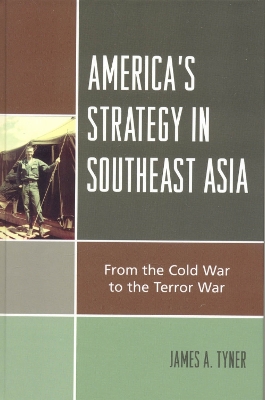Geography encompasses everything from the local-where human beings live, work, and travel-to metageographies like nations and regions. James A. Tyner's inventive and multidisciplinary ideas on geography similarly range from the personal-his father's experience in the military during the Vietnam War-to a broad discussion of how the United States has come to exercise power through the production of geographic knowledge, in this case in Southeast Asia. Since the end of the Second World War, Southeast Asia has served as a surrogate space to further American imperial interests, which are economic, political, territorial, and moral in scope. America's Strategy in Southeast Asia contends that the construction of Southeast Asia as a geographic entity has been a crucial component in the creation of the American empire. For example, America's most blatant experience of colonial rule occurred the Philippines, America's longest war was fought in Vietnam, and most recently, some American policymakers have identified Southeast Asia as the "Second Front" in the War on Terror. Yet, America's overriding strategy in Southeast Asia and the region itself remains something of a mystery for the American populace-a "black box" in America's geographical imagination. This clear and innovative book educates readers about Southeast Asia's importance in American foreign policy.
- ISBN10 0742553574
- ISBN13 9780742553576
- Publish Date 21 December 2006 (first published 1 January 2006)
- Publish Status Active
- Publish Country US
- Publisher Rowman & Littlefield
- Imprint Rowman & Littlefield Publishers
- Format Hardcover
- Pages 268
- Language English
